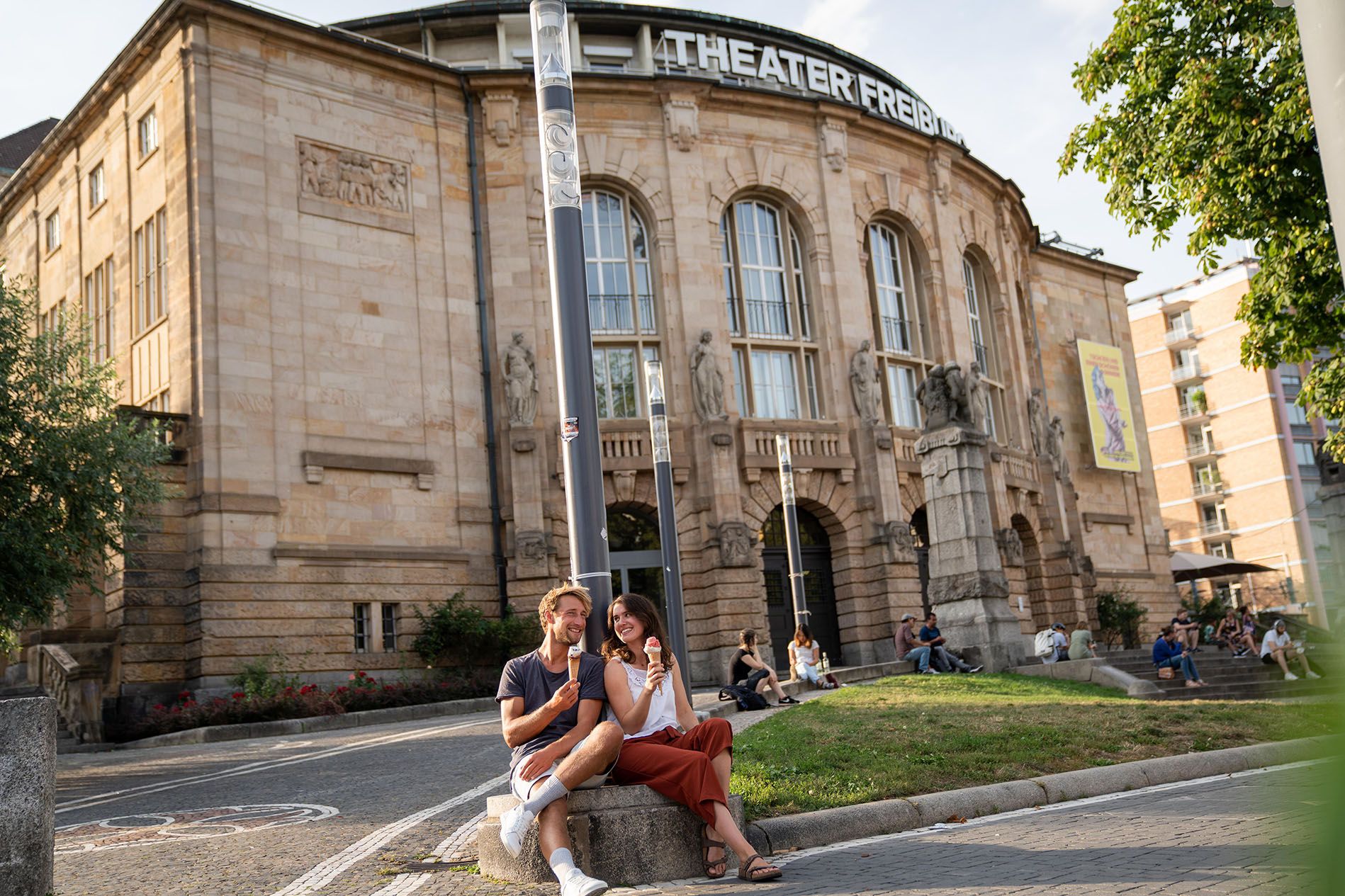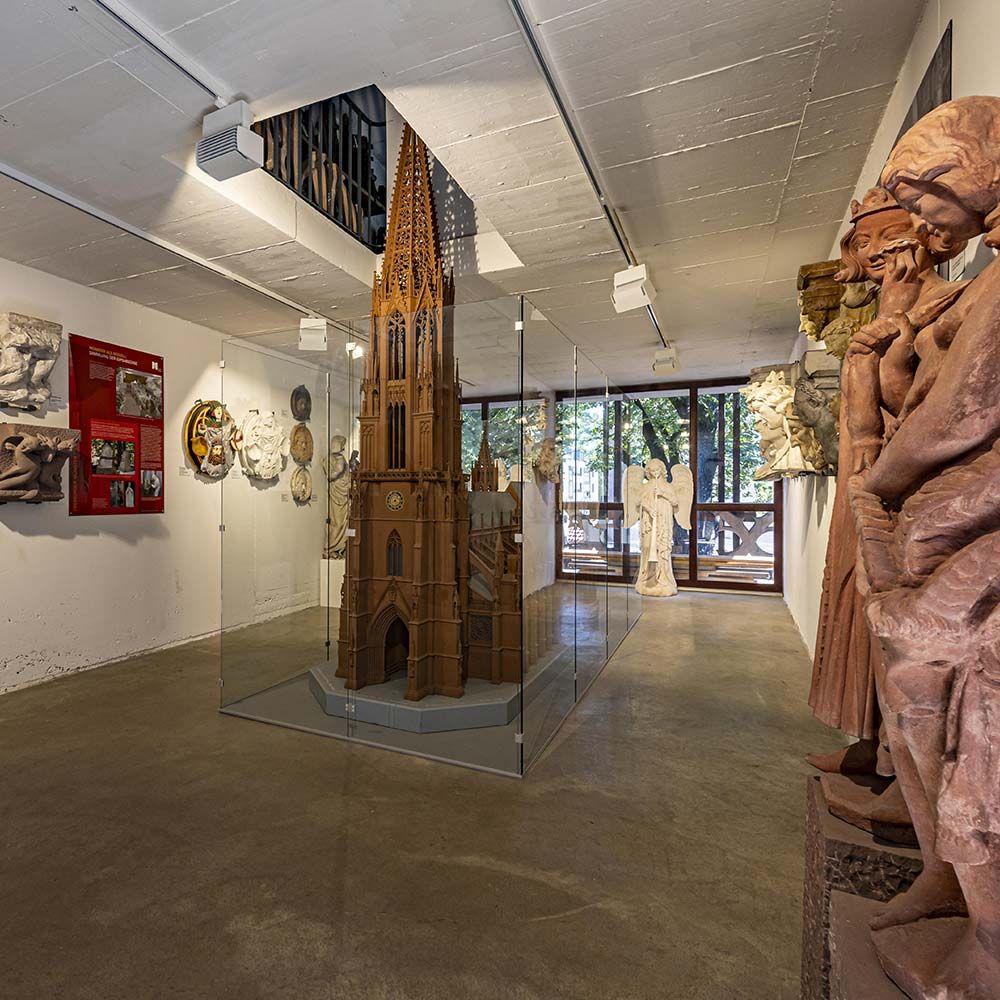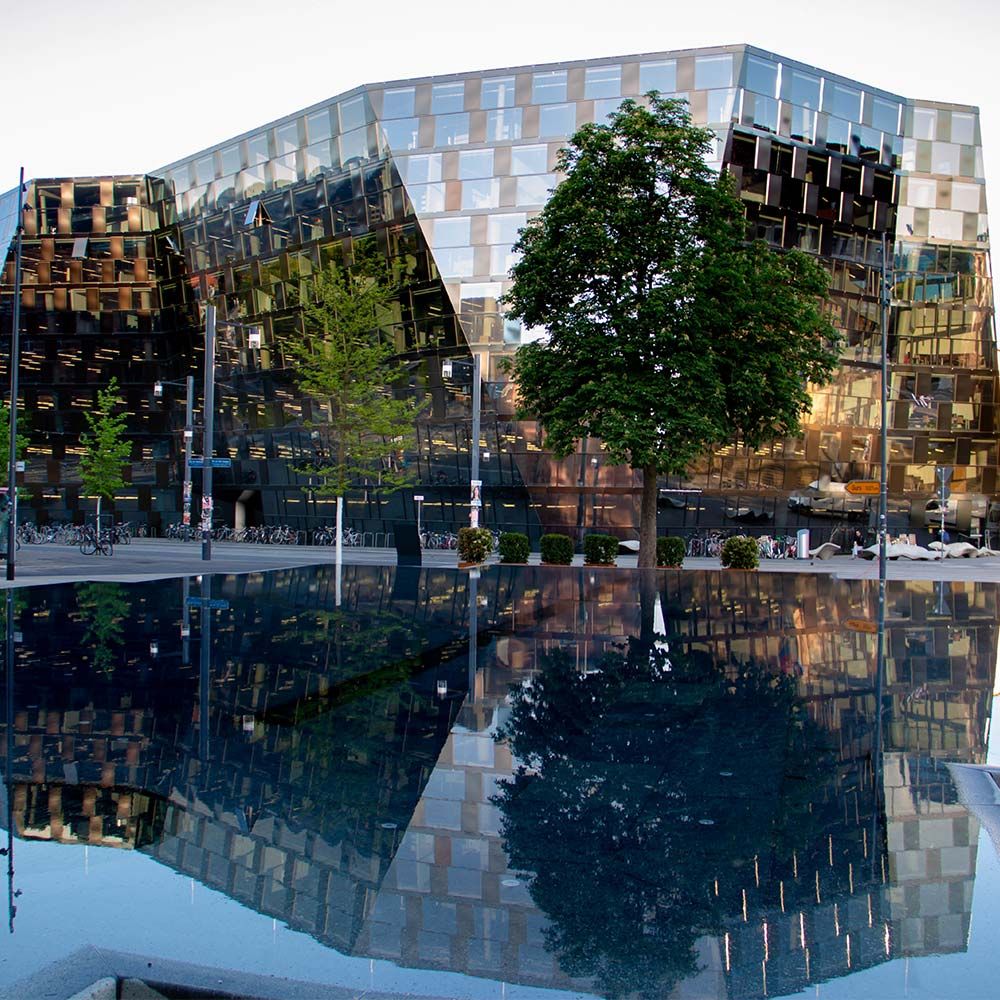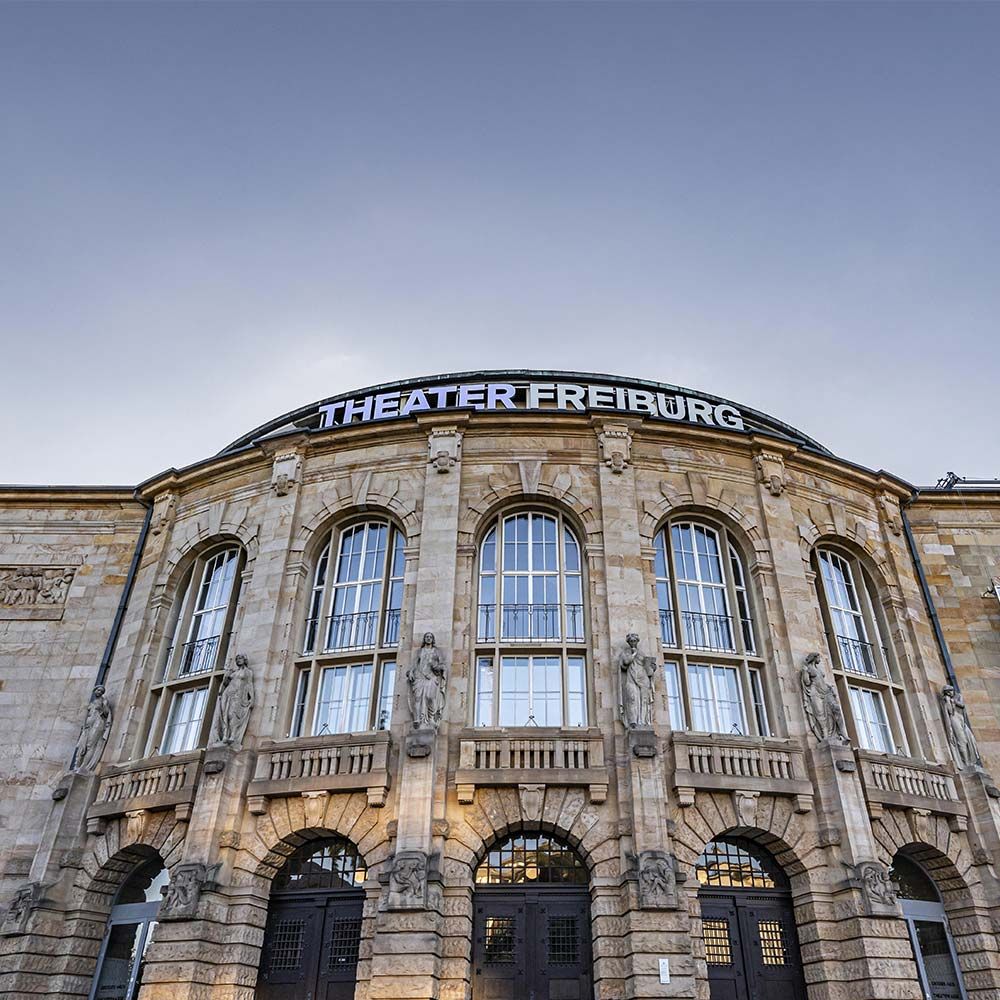Do you have any questions?
We are happy to advise you free of charge!

From the philosopher Martin Heidegger to the musician Judith Holofernes, Freiburg has attracted a wide variety of creative artists. No wonder: Freiburg inspires and delights with its highlights and events for a wide range of cultural options. The best thing about it: you don't even have to decide. Instead, you can pack your Freiburg day full of cultural experiences from morning to night!

To kick things off, it's a good idea to delve a little deeper into the city's history. There are several great options for this: The Augustian museum in a former monastery of the Augustinian Hermits - including a Gothic cloister - shows you art from the Middle Ages to the 19th century. Here you can also see the original sculptures and other cultural treasures from Freiburg Minster.
If you want to experience first-hand how much craftsmanship goes into the Minster, we recommend a guided tour of the more than 800-year-old Münsterbauhütte (cathedral workshop) - be sure to book in advance!
And a tip if you're more interested in more recent German history: the National Socialism Documentation Centre tells the story of the city under National Socialism over three floors. Historical exhibits as well as digital and interactive features make the permanent exhibition very accessible.

The Augustian museum is a great example of how well the historical past and present are combined in Freiburg: the centuries-old monastery has been complemented by an exciting new building on Salzstraße. The University library is also an architectural jewel that you should have seen: The "black diamond" by architect Heinrich Degelo is a real eye-catcher - and beautifully reflects the historical architecture of the neighbouring municipal theatre and the university building opposite. When strolling through Freiburg, you can combine Freiburg's architectural highlights with an art walk: There's plenty of it in public spaces too!
You can marvel at a two-metre-long sculpture by star sculptor Henry Moore on the old synagogue square, Bettina Eichin's nine life-size bronze muses in Kollegiengebäude III and Andrea Zaumseil's Dancing Cones in front of the Konzerthaus (concert hall). This is another thing that makes Freiburg unique: you will always find very special works of art in public spaces here.

The best way to end a day of culture in Freiburg?
For example, with a visit to the Stadttheater or Konzerthaus (concert hall): both theatres have a packed programme of top-class plays and concerts. And that's by no means all Freiburg has to offer in the way of evening cultural events: The Jazzhaus brings not only jazz but also other live music to an old wine cellar, while the E-Werk event rooms in a former power station host concerts, dance and theatre as well as exhibitions. The Wallgrabentheater, founded in the 1950s by theatre-loving students, is now a permanent fixture on the Freiburg theatre scene. And the Vorderhaus - cultural centre in the factory is not only popular for its broad portfolio ranging from cabaret to concerts: it also has a very popular restaurant with Peruvian cuisine, the Piqueo Restobar, where you can stop off before or after a performance.